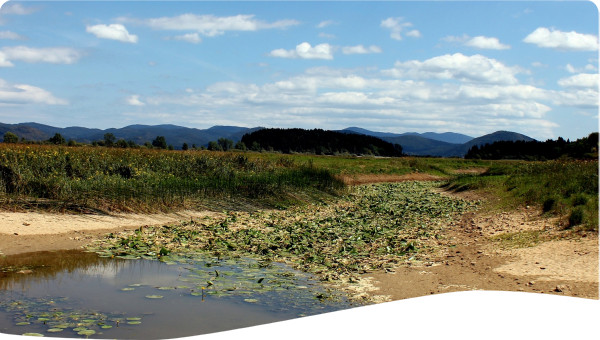Climate change is one of the significant threats for the society. Water is the primary medium through which climate change influences the Earth’s ecosystems and therefore people’s livelihoods and well-being. Changes in hydrological cycle due to climate change can lead to diverse impacts and risks (Bates et al. 2008; Jiménez Cisneros et al. 2014). Jiménez Cisneros et al. (2014) synthesized water-related impacts on humans and Earth biomes. Renewable surface water and groundwater resources in most dry subtropical regions are projected to reduce due to climate change. The fraction of global population that will be affected by water scarcity and riverine floods is projected to increase with the level of warming in current century. Agriculture is directly related to water and therefore, food security will be potentially affected by climate change, including food production, transportation, process, access, use and price stability. Climate change and the associated impacts on water are expected to lead to increases in water-related diseases in many regions and especially in the low-income developing countries. In urban areas, climate change is projected to increase risks for people, assets, economies and ecosystems, including risks from heat stress, storms and extreme precipitation, inland and coastal flooding, landslides, air pollution, drought, water scarcity, sea level rise and storm surges. Rural areas are expected to experience major impacts on water availability and supply, food security, infrastructure and agricultural incomes, including shifts in the production areas of food and non-food crops around the world. Beside climatic drivers, other non-climatic drivers such as current demographic trends, economic development and related land-use changes have direct impact on social and ecological systems and their processes. These drivers of change are closely linked to each other and pose complex management problems for land and water resources.
Description / Abstract
Publication year
Publisher
Thematic Tagging
English
 Resource -
Resource -
